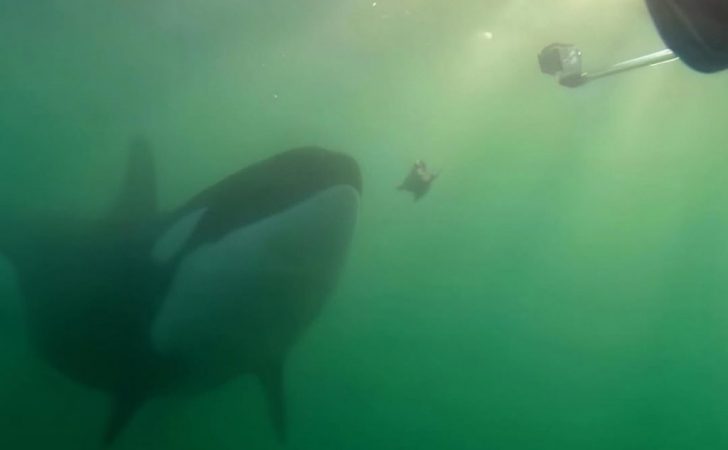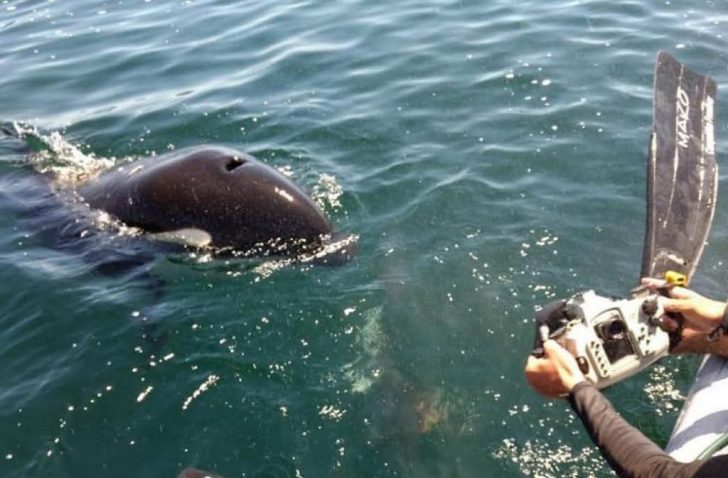Orcas are doing something strange. They are giving people seafood, sometimes a fish, other times a dead seal pup–and it is not a one-time thing either. From Canada to New Zealand, orcas have been caught in the act, again and again.
The question is: why?
Marine biologists have been trying to figure it out, and the answers are not simple. But one thing is clear: These creatures know what they are doing.
When researcher Jared Towers placed cameras underwater, he didn’t expect a surprise. A young female orca swam over, opened her mouth, and let a dead seabird float out. She paused. Watched the camera. Then rolled and swallowed the bird again. It felt intentional, not random.
Years later, Towers saw another orca do something similar. This time, it dropped a freshly killed seal pup next to his boat.
The study is published in APA Psychnet.

Orcas handed over all kinds of prey: fish, seabirds, and even large mammals. The researchers looked for a pattern. They found that it didn’t matter where the whales were, how old they were, or what sex they were. This behavior happened across the board.
In nearly every case, the orca waited for the human to react. Some retrieved the food after being ignored. A few tried to gift it again. Only four times did the humans accept the offering, and three of those times, they threw it right back into the ocean.
View this post on Instagram
What Could be the Motivation?
At first glance, it might seem like a game. But researchers mostly rule that out. Why? Because all kinds of orcas, young and old, are doing it. If it were just play, you’d expect it mostly from calves or juveniles. Instead, adult orcas are doing it too. That points to something deeper than just boredom.
Scientists are cautious with wild animals, especially ones as complex as orcas. They don’t want to project human emotions onto them. Still, the pattern suggests intention. Something is happening here. Something worth paying attention to.
Orcas are known to be smart—not “good-at-fetch” smart, but top-of-the-food-chain smart. Their brains are huge and packed with special neurons tied to empathy and social behavior. Some scientists think these food offerings may be a way of exploring humans, testing us, or even trying to connect.

Sharing might be a way to learn more about us. Like a test. What will we do if they hand us a dead seal?
Could It Be Dangerous?
Let’s clear this up: Wild orcas have never killed a human. Not once. So this isn’t a horror story in the making. Some people wondered if the food gifts might be bait, like a trap to draw humans in. But so far, there is no sign of aggression or threat. The orcas drop the gift, wait, and either retrieve it or leave it.
More likely, it is curiosity. These animals are used to studying their environment. They observe. They experiment. Humans, with our boats and gear and strange behavior, probably look like another puzzle to solve.
Do Other Animals Do This?
Kind of. Cats bring dead mice to their owners. Some birds give food to their mates. A few seals and dolphins have been seen offering prey to humans. But wild predators handing over food to people? That is extremely rare. And orcas seem to be doing it on purpose, again and again.
This might be one of the first real signs that a predator in the wild sees humans as something more than just background noise.




